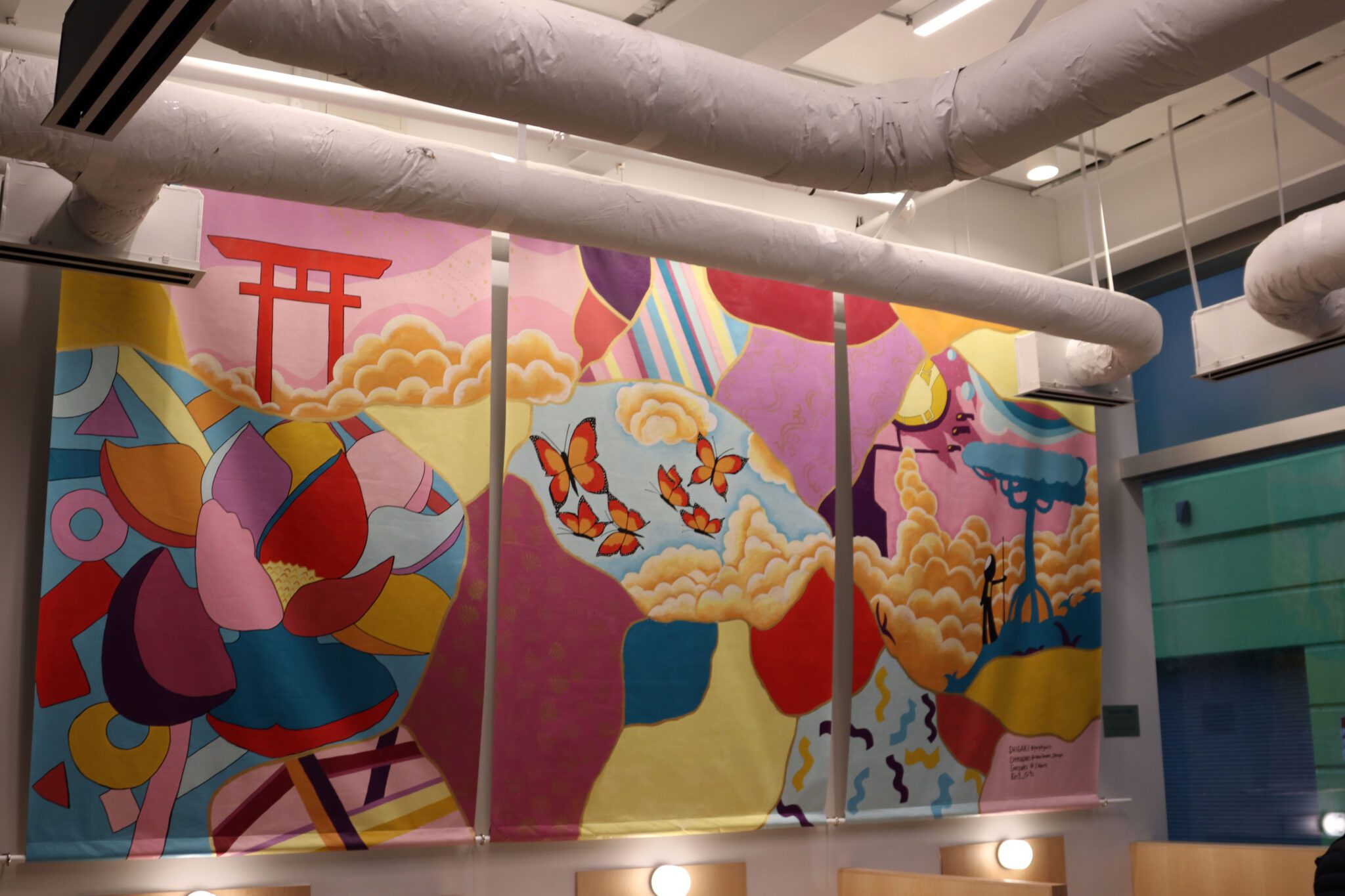
This is part of a series of blog posts with our partner, Seattle Office of Arts & Culture, exploring the Seattle City Light Public Art Plan, created by Artist-in-Residence, Kate Clark.
In 2021, we selected Kate Clark as Seattle City Light’s Artist-in-Residence. She was tasked with learning about the utility to develop a Seattle City Light Art Plan (16.9MB PDF) that would guide and inform public art projects into the future.
The goal of the project was to create a long-term (10-year) vision of how City Light can invest 1% for Art funding to connect with community members, provide support to the arts community, and reflect the mission, vision, values, and Race and Social Justice goals of City Light and the City of Seattle.
“The creation of the plan was a team effort and so many people were instrumental in shaping the direction, ensuring alignment with City Light’s core values and objectives. Together, we stand at the threshold of a new era in public art—one defined by creativity, inclusivity, and the enduring spirit of community.”
Throughout the two-year residency from late 2021 to late 2023, Kate met with hundreds of individuals, visited iconic sites such as the Boundary and Skagit Hydroelectric Projects, and worked collaboratively with City Light engineers, project managers, real estate teams, and many others who provided invaluable insight and contributions to the plan.
The art plan features 51 project proposals developed in collaboration with staff, community, and artists. More than half of the proposals were created by seven contributing artists who bring joint expertise in ecological and community-centered public art strategies. Contributing artists include Vaughn Bell, Laura Da’, RYAN! Elizabeth Feddersen, Christopher Lee Kennedy, Lucia Monge, Carina A. del Rosario, and Carol Rashawnna Williams. (You can learn more about the contributing artists on pages 41 and 42 of the plan.)

As Kate developed the plan, four distinct themes arose that are central to its framework:
- Storytelling
- Community Support
- Environmental Justice
- Next Generation
The plan also prioritizes equity in public art projects and includes equity drivers designed to prevent displacement, promote transportation mobility, develop healthy and safe neighborhoods, advance economic opportunity for marginalized communities, and build on existing cultural assets.
“Public art is as much a part of the City’s infrastructure as power and water. This art plan provides a framework for Seattle City Light to continue to invest in the transformative power of art, nurture a diverse public art ecosystem, and tap the innovative and extraordinary energy that is part of our community.”
— Dawn Lindell, Interim General Manager & CEO, Seattle City Light
Projects include artist residencies at former substations, utility trucks outfitted with artist-designed vinyl wraps, a digital storytelling project tracing life along urban and rural transmission lines, a sound installation at the Georgetown Steam Plant, creative lighting elements for pedestrians, a writing workshop inspired by ecosystems of the Skagit River, sculptures made from equipment repurposed from City Light salvage yards; the list goes on. Whether temporary, process-based, or permanent, each project type plays a different role in serving and sustaining the communities served by City Light and the Seattle Office of Arts & Culture.
“Artists use their to creativity to think innovatively about the built environment and our relationship to it. This new City Light Art Plan captures 51 exciting new potential art projects that will highlight and celebrate the work of City Light, the City, and the community at large along themes of Storytelling, Community Support, Environmental Justice, and Next Generation.”
— Gülgün Kayim, Director, Seattle Office of Arts & Culture